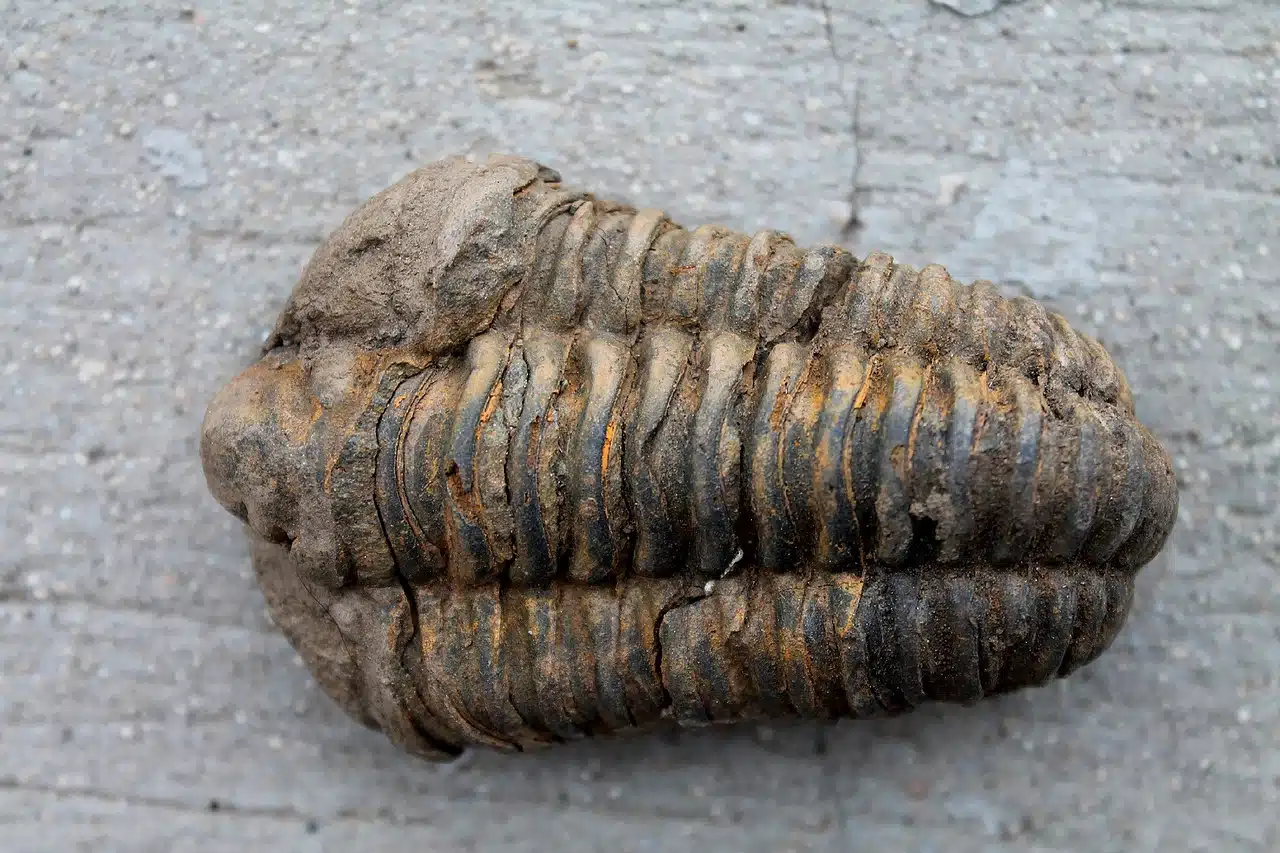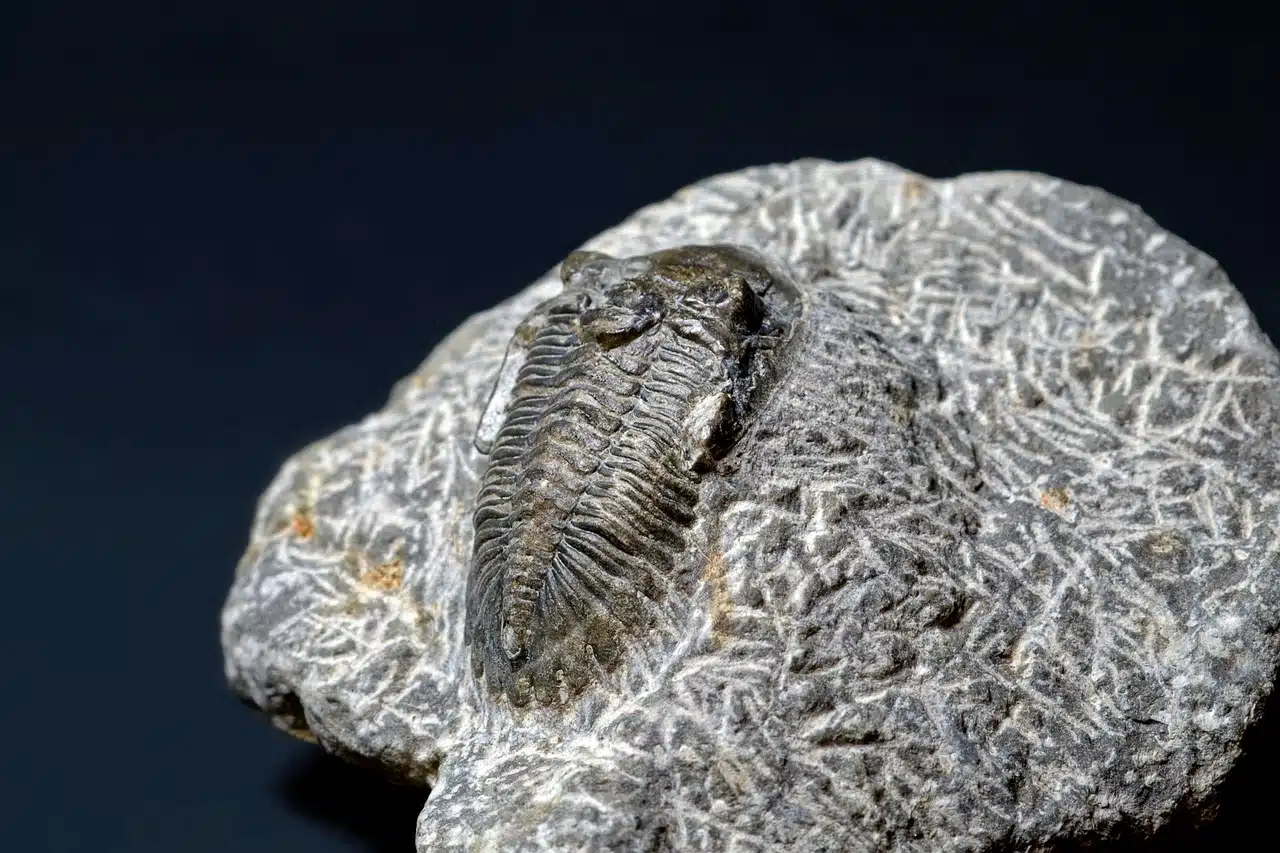
The trilobite was an animal characterized by its three lobes.
A trilobite is an extinct animal . The name comes from a scientific Latin word that refers to the existence of "three lobes" .
arthropod animal
Trilobites are arthropods : that is, invertebrates whose body has bilateral symmetry, is composed of line segments and is protected by a cuticle. In addition, arthropods have appendages like gears.
These animals lived in the Paleozoic era , their habitat being the sea . Scientists have knowledge about these animals since their fossil remains have been found in the petrified sediments of ancient seas, on all continents .
It is important to keep in mind that there is not a single type of trilobite, but rather it is a class with around ten orders, more than a hundred families and around 5000 species . The orders known so far are the following: Agnostida, Asaphida, Corynexochida, Harpetida, Redlichiida, Lichida, Odontopleurida, Phacopida, Proetida and Ptychopariida .
Life and extinction
It is estimated that the existence of trilobites lasted about 300 million years , between the Cambrian and the end of the Permian . This means that, when the dinosaurs appeared, the trilobites were already extinct.
To be more specific, it is believed that they appeared around 540 million years ago, a time in the history of our planet in which Ediacaran organisms no longer existed, that is, the common life forms of the Ediacaran period, which were shaped like tube and leaf, and they lived fixed to a structure. The diversification of trilobites began in the Early Cambrian.
In one of the mass extinctions that our planet suffered, in this case in the last stage of the Cambrian, the only trilobites that managed to survive were those that lived in the deep waters of the open ocean . Throughout the Ordovician period, trilobites reached the peak of their diversification and thus reached almost all of the ecological niches of the sea. They did not undergo important changes during the Silurian, but were considerably reduced in the Devonian extinction, after which only the order Proetida survived.
Regarding the extinction of the trilobites, it is estimated that it would have been abrupt, possibly caused by the appearance of new carnivorous animals and the marked drop in temperature . It is estimated that it took place approximately 250 million years ago, between the Permian and Triassic periods, when the basltoids, eurypterids and certain species of echinoderms, sponges and fish, among others, also disappeared.
Morphology
The morphology of trilobites is characterized by a smooth and flat body, with a relatively oval shape and three divisions ( tagmas ): the head ( cephalon ), the thorax and the back ( pygidium ). These last two are combined in the trunk. Longitudinally, they have two grooves that allow the identification of the three lobes that give them their name.
Each of these lobes , in turn, has a particular name, which changes depending on the tagma in which we are observing it: the central lobe, which is called glabella or rachis , depending on whether we look at it in the cephalon or in the trunk; two lateral ones, which are known as genas or pleurae , in the cephalon and in the trunk, respectively.

The size of trilobites ranged from 50 centimeters to several meters.
Its cuticle was significantly thick and contained calcium carbonate in its composition (a chemical compound that belongs to the group of oxosalts), thanks to which its fossilization was especially successful.
Given the wide variety of trilobites that we mentioned above, it is not unusual for there to be a multiplicity of sizes of fossilized specimens. It is estimated that, while some trilobites did not exceed 50 centimeters, others could measure several meters.
